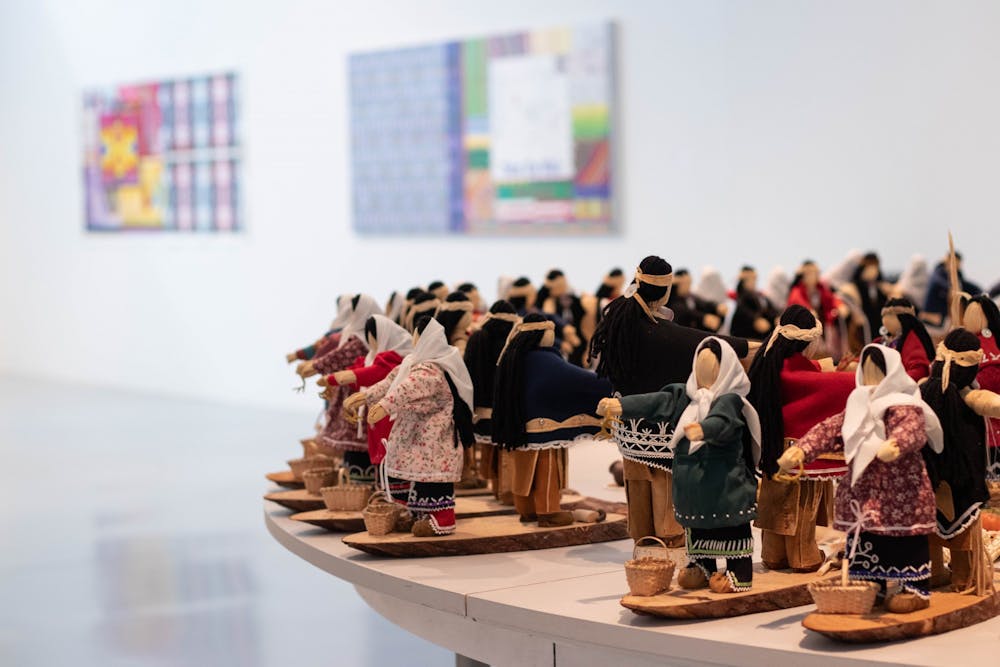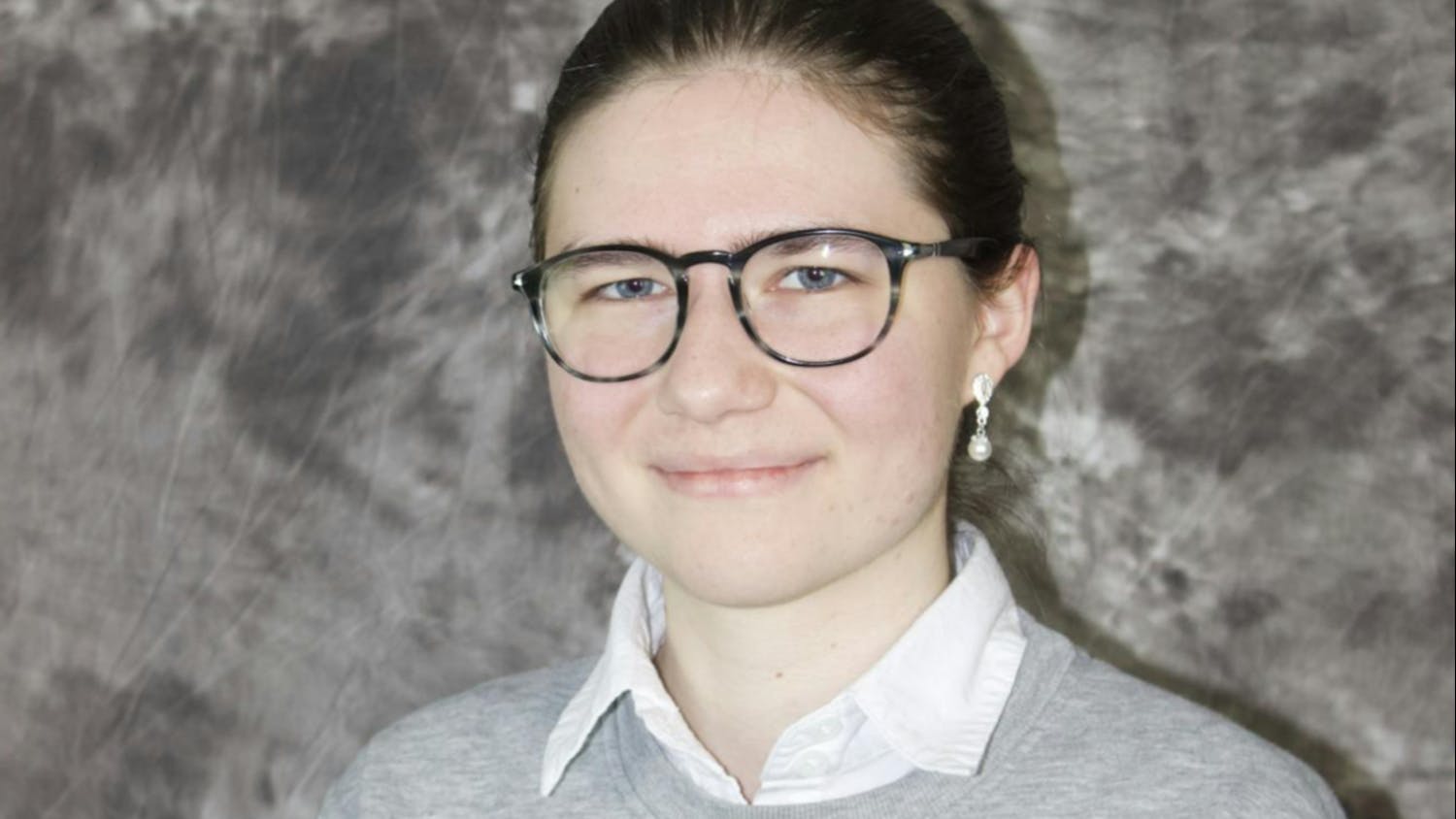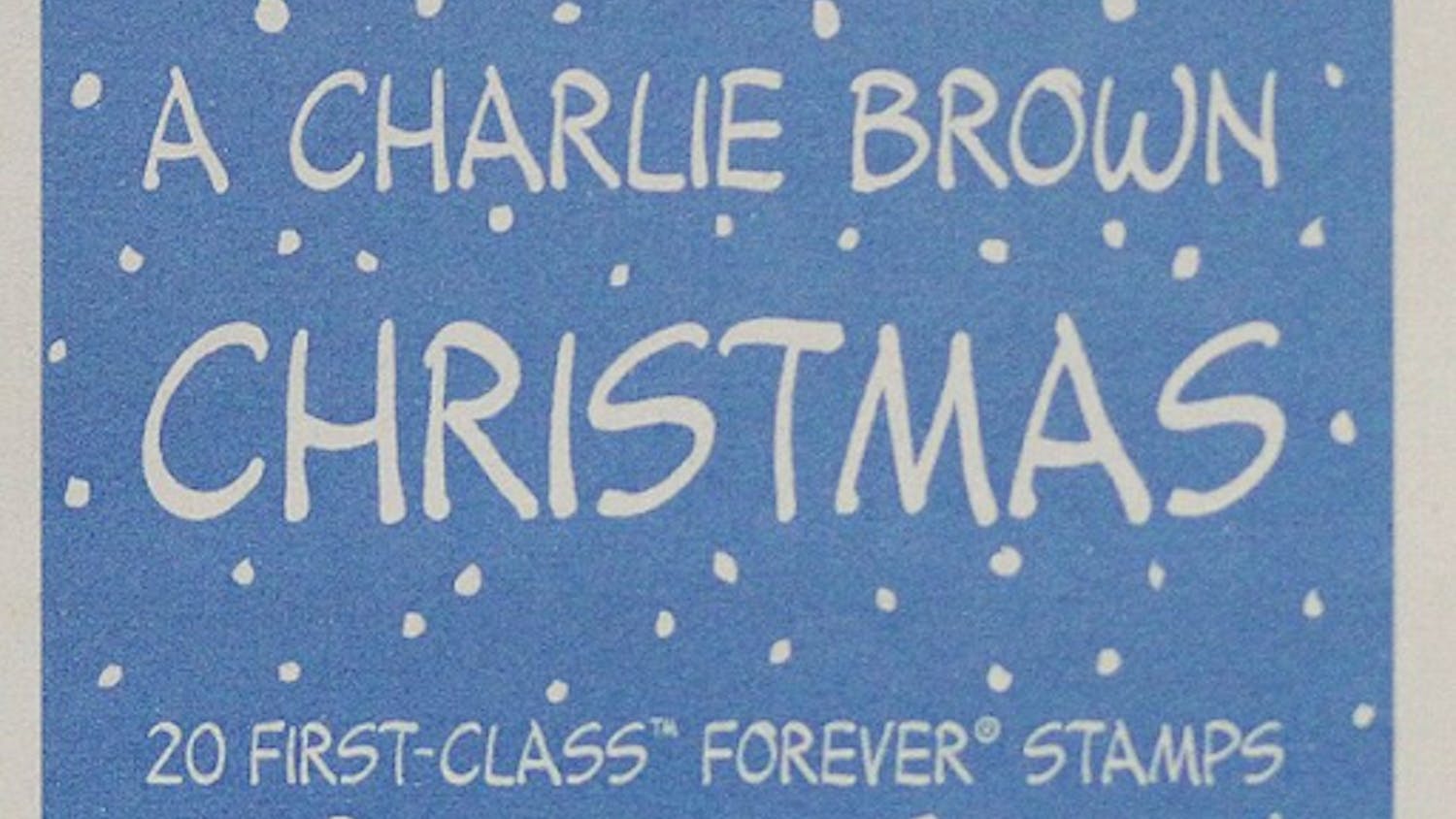Carved figurines, embroidered quilts and self-portraits. Black ash, sweetgrass and digital data. The works featured in “O’Nigöëi:yo:h: Thinking in Indian,” now showing at UB’s Anderson and CFA Galleries, span just about every format, medium and style one can imagine.
The exhibition, designed to celebrate the 50th anniversary of Indigenous Studies at UB, showcases art from across the six nations of the Hodinöhsö:ni’ Confederacy. The show features almost 50 Hodinöhsö:ni’ artists, each of whom offers their own distinct perspectives on modern Indigenous life through their work.
The title, “Thinking in Indian,” is borrowed from John Mohawk’s essay collection of the same name. Mohawk, one of the founders of the department, was a visionary activist and educator of the Hodinöhsö:ni’ Confederacy; his teachings on Indigenous agriculture and cultural survival inspired the exhibition.
Issues like food sovereignty, treaties and forced displacement are thematic touchstones for the show, reflected in pieces like Seneca artist Samantha Jacobs’ “Keeping a Good Mind,” a wool hat embroidered with beads that spell out “land back,” “every child matters” and “my body, my choice.”
Or Tuscarora Nation citizen and UB alum Jolene Rickard’s “The Edges of Our World,” a vibrant triptych depicting the harvest of corn, which speaks to the importance of agriculture to Indigneous sovereignty.
Much of the work in the exhibition incorporates natural materials like caribou hair, antler and bone. The intersection of art and natural environment is deeply ingrained in the work of Indigneous creators, according to curatorial consultant Margaret Jacobs.
“As Indigenous people, it’s a really strong component of who we are, and it’s just naturally kind of brought into the work that we’re making,” Jacobs said. “Even with a lot of the artists who are pushing the media or working in a digital aspect… you generally still see this combination within the media, pairing with these natural materials.”
By showcasing work from a wide range of Hodinöhsö:ni’ artists — established veterans and up-and-comers alike — the exhibition offers a uniquely multi-generational and forward-thinking perspective on Indigenous art.
“You can see a piece that might be more traditional along with a piece that’s a little bit more contemporary, and they’re all holding the same space,” Jacobs said.
This juxtaposition is apparent across the galleries. A piece like Ronni-Leigh Goeman’s “Blue Heron with Baby,” a basket made of woven sweetgrass, black ash and antler, is positioned across from Richard W. Hill’s “Pink Buffalo Society/The Seeker of Red Dots,” a colorful acrylic portrait of a man in sunglasses sipping on a bottle of Labatt Blue.
Central to the exhibition, and Indigenous art as a whole, is the act of storytelling. Regardless of medium or format, each piece in the show has a story to tell.
In fact, Jacobs says many Indigenous artists hesitate to call themselves “artists” — telling stories through the creation of art objects is a natural part of everyday life.
“There isn’t this distinction of ‘the artist,’” she said. “Most people are makers, most people are making something, most people have a creative lifestyle. As an Indigenous artist, it feels more like making [art] is kind of ingrained in my life. It’s not separate.”
Jacobs and the advisory committee that organized the exhibition found it important to represent not just the past, but the present and future of Hodinöhsö:ni’ culture.
“A lot of time, [Indigenous art] is shown in an ethnographic venue, so it feels like it’s more of the past,” she said. “But having everything together within a contemporary setting just makes it feel very future-forward.”
Through “O’Nigöëi:yo:h: Thinking in Indian,” Hodinöhsö:ni’ reframe the past and embrace the future, free of the stereotypes and antiquated attitudes Indigenous art is often presented with.
“We’re contemporary peoples, we’re making artwork, and we’re not stereotypes of the past,”' Jacobs said. “We were here, we’re still here, and we will be here.”
CORRECTION: The Spectrum originally reported that “O’Nigöëi:yo:h: Thinking in Indian" celebrated the 50th anniversary of UB's Indigenous Studies Department. That is inaccurate. It actually celebrated 50 years of Indigenous studies at UB, which was originally housed in the Department of American Studies. The Department of Indigenous Studies was created later. We regret this error.
Meret Kelsey is the assistant arts editor and can be reached at meret.kelsey@ubspectrum.com
Meret Kelsey is an assistant arts editor at The Spectrum.





